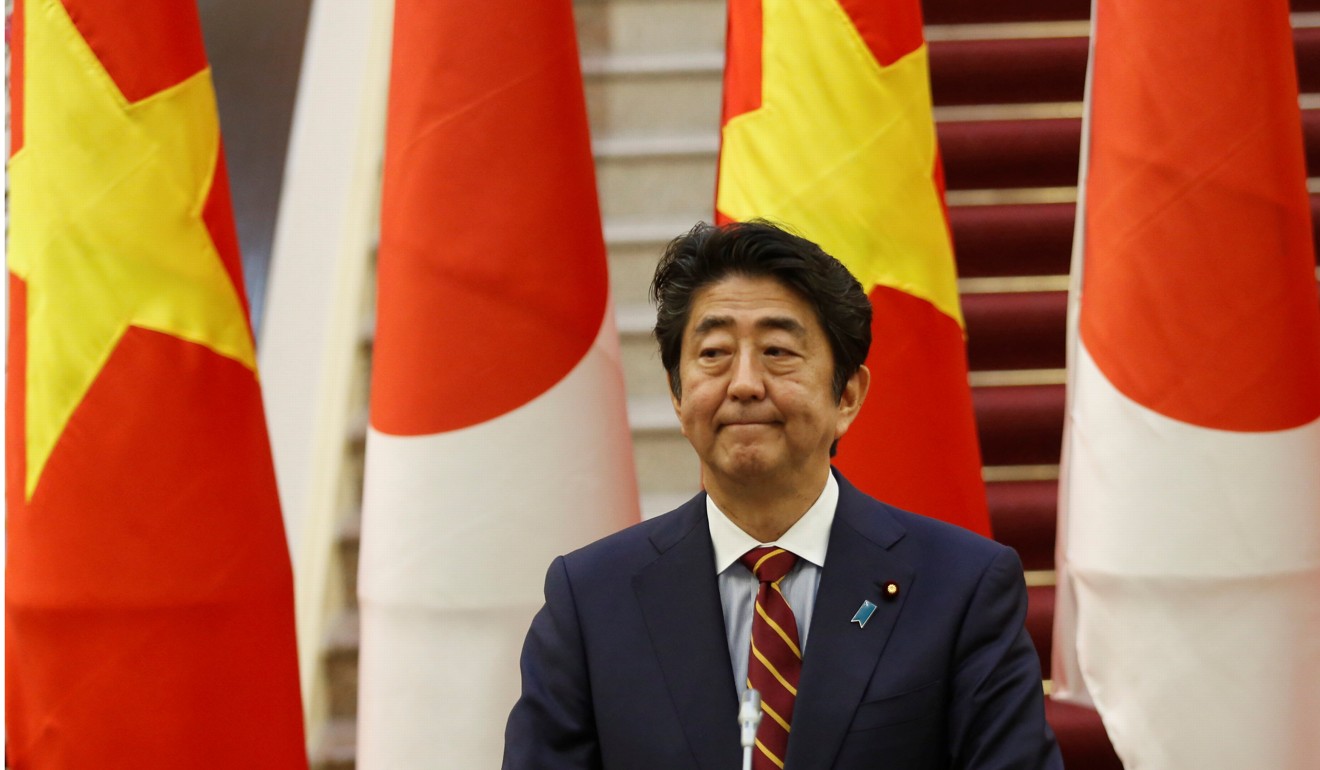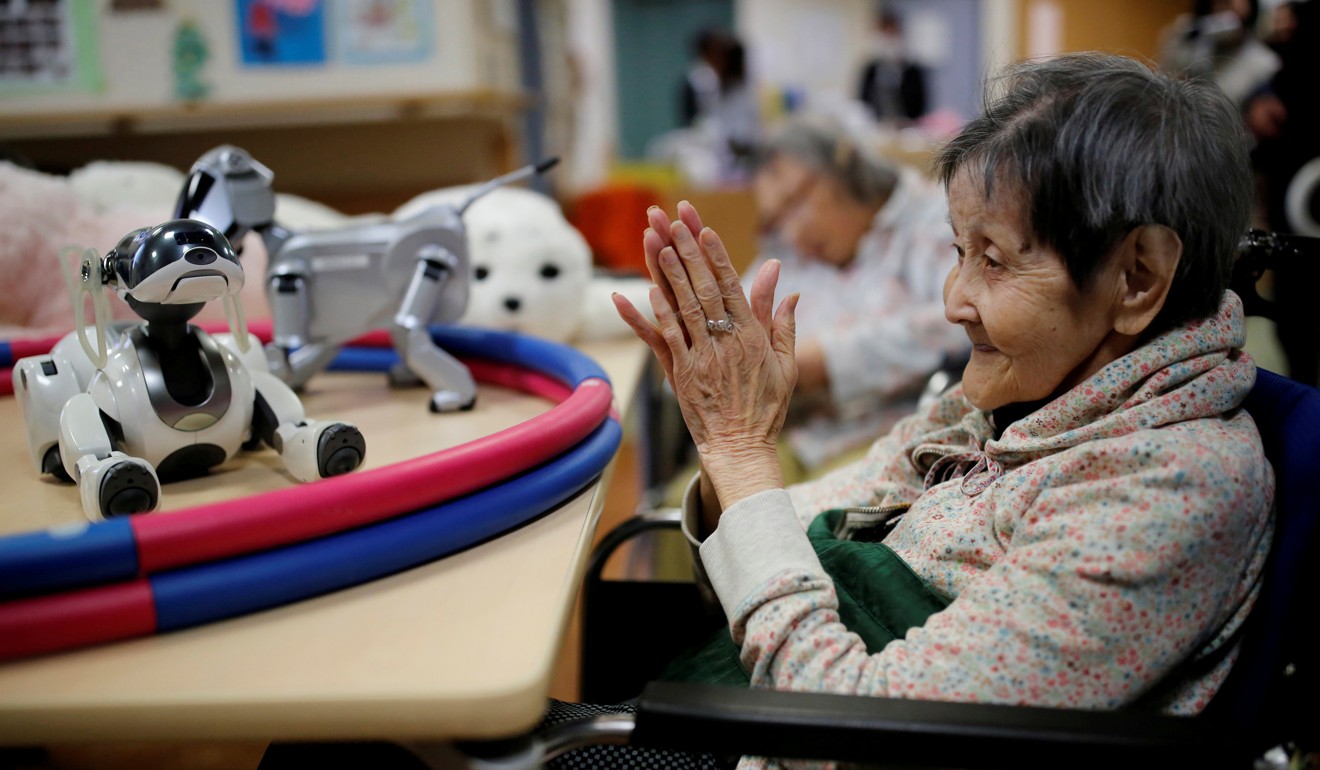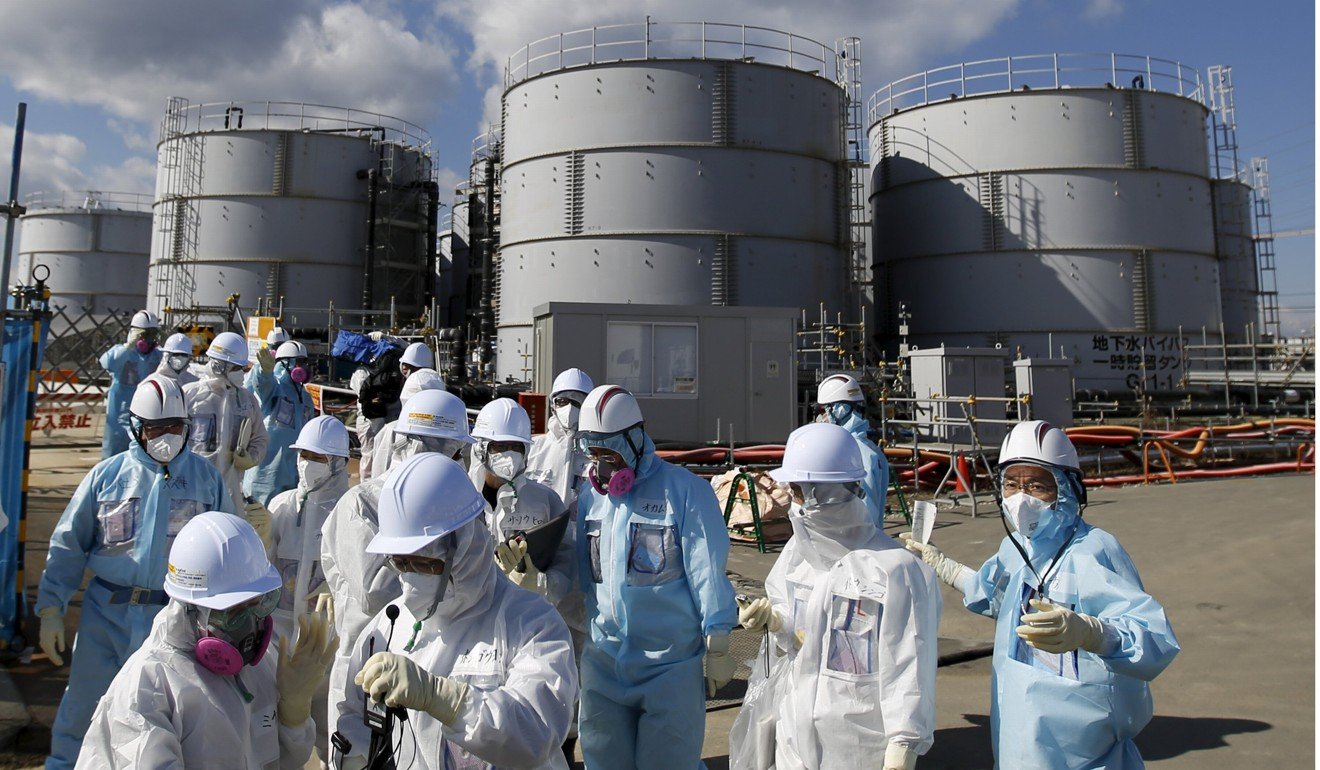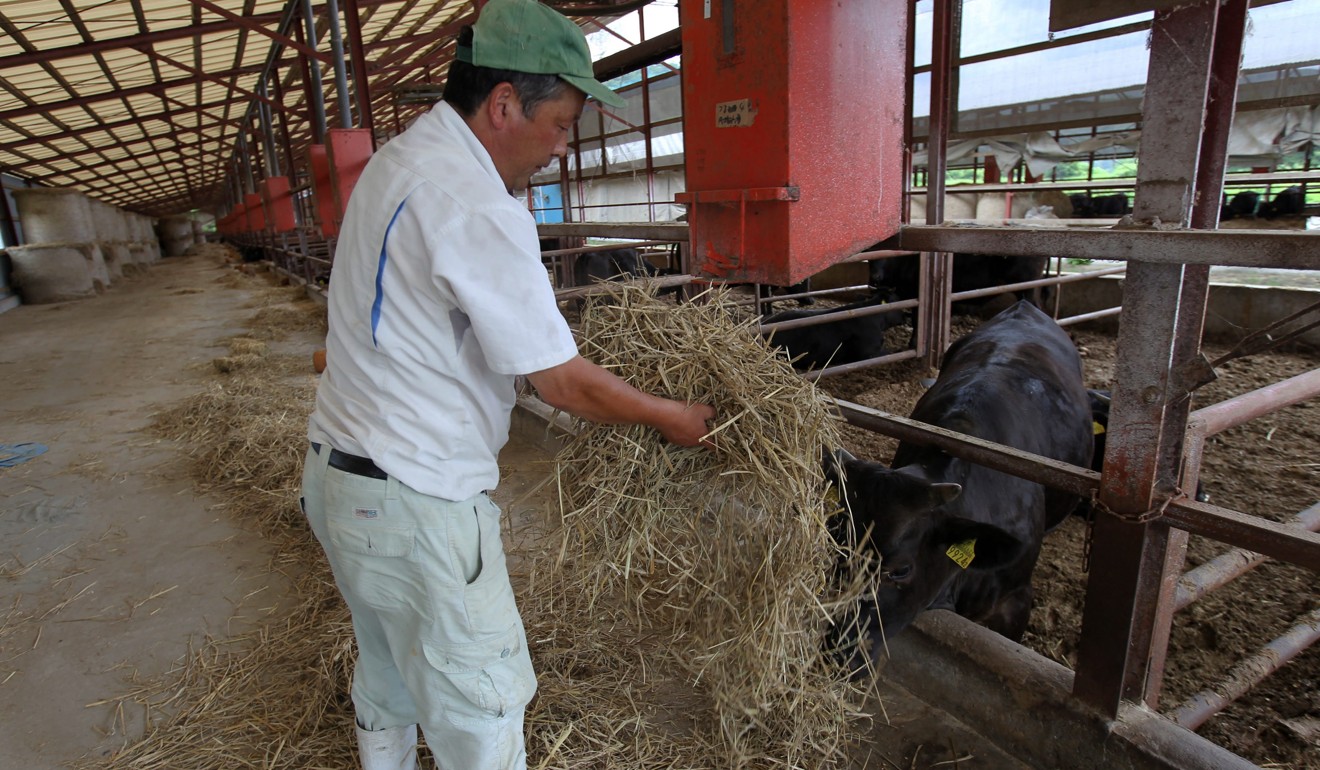
Japan’s open to foreign workers. Just don’t call them immigrants
Facing an ageing, shrinking workforce, Tokyo flirts with breaking a taboo surrounding immigration by preparing to welcome half a million low-skilled foreign workers
In a clear departure from its former stance, Tokyo is vowing to greet low-skilled foreign workers with open arms in an effort to offset labour shortages caused by its ageing population.
Under the new policy, the government plans to create a new five-year visa category, through which Japan would receive 500,000 low-skilled labourers by 2025. The newcomers are expected to work in five sectors that have been suffering from an acute labour shortage: nursing care, lodging, agriculture, construction and shipbuilding.

Fears of lost jobs have long made immigration a taboo subject for Japanese politicians, and in the past the country has only accepted high-skilled talent from overseas. Even with the change, the government insists the new policy is not equal to receiving immigrants.
Now 28 years old, Samten explains in rudimentary Japanese that he has just graduated from a Japanese language school, but because of financial difficulties he has had to give up studying animation, and recently decided to go to a less expensive college to major in commerce.
Like many other foreign students, Samten has become sidetracked. He now shares a room with another classmate in a run-down flat near the Shinjuku district and, again like many other foreign students, he makes ends meet by working shifts at a nearby 7-Eleven. Samten says “it’s very difficult to learn Japanese” and complains that it is hard to make it to his work obligations on time in a nation he says is “too punctual”.

Despite its hard stance on immigration, Japan has long welcomed high-end foreign talent, trainees and foreign students. The number of foreign workers in Japan grew from 680,000 in 2012 to 1.28 million last year, while Japan ranked fourth among Organisation for Economic Cooperation and Development (OECD) countries in terms of the inflow of foreign populations.
Japan plays China’s game in Cambodia. Hun Sen wins
Fuelling this growth is Japan’s shrinking labour pool. One ominous forecast shows Japan’s working-age population will be cut in half by 2050 from 86.99 million, the peak recorded in 1997.
“Up to now, Japan has not received necessary [non-professional foreign] talents from the front door. The dramatic change for this direction is certainly appreciated,” says Professor Eriko Suzuki of Kokushikan University, who specialises in immigration policy.
BACK DOORS
Prior to the new visa, Japan had two main entryways for low-skilled foreign labourers. One was its infamous “technical intern trainee” system, created by the government in 1990. In practice this system now serves as a channel for Japanese small enterprises, especially those in rural machinery, construction and farming sectors, to cheaply hire youth from Asia’s developing world for a maximum of five years.

Controversially, trainees cannot change their jobs. In this oppressive working environment, some receive no overtime wages, or get harassed by employers. Earlier this year, local media reported on a case in which several Vietnamese trainees were made to take part in nuclear decontamination work in Fukushima.
The other back door for foreign labourers is through the education system. A decade ago, then prime minister Yasuo Fukuda’s Cabinet launched an ambitious project to attract 300,000 foreign students by 2020 to ensure Japan could compete internationally. There are now more than 260,000 foreign students in Japan. The number of Nepali students has increased five-fold since 2012 to 23,000; the number of Vietnamese students grew from 8,811 to 69,565 during the same period.
Are Macau casinos playing a losing hand in Japan?
Many attend Japanese language schools, but these institutions are sometimes operated by job recruitment agencies, and many students spend much of their time doing part-time work for Izakaya kitchens, bento factories, and delivery services. Without much notice, foreign students have become the indispensable source for low-skilled labour in Japan.
Since foreign students are only allowed to work 28 hours a week, they often work illegally in two or more jobs, faced with having to pay back loans, earn living expenses and pay tuition fees.
Cao Kiều Nga is one of the few Vietnamese students to have climbed the career ladder. She arrived in Chiba prefecture four years ago after paying a brokerage fee of 1 million yen (HK$71,000) to a local agent in Vietnam.

Before classes in the afternoon, she worked at a factory. She remembers that many of her Vietnamese classmates were asleep during her Japanese language classes, unable to stay alert after working nights. She used to joke to them: “the hotel rate here is very expensive”.
She switched jobs to work at Yoshinoya, and honed her language skills with her fellow restaurant staff. Trusted by her employer, she became the first foreign employee to become a trainer for the company in Tokyo.
Japan’s millennial men don’t drink, don’t drive, don’t worship work – what do they do?
“The biggest headache is my tuition. One time when I had chickenpox, I could not work for a month. So I had to borrow 50,000 yen (HK$3,600) from my friend.”
Some students are in even deeper despair. In 2017, the number of Vietnamese arrested in Japan exceeded Chinese – and almost half of them were students. Last year, the number of foreigners applying to Japan for refugee status increased to 19,628, up 80 per cent from 2016. Among them are Vietnamese overstayers who want to continue working in Japan.
Applicants for the new visa will need to pass skill tests and have some degree of Japanese language proficiency. Technical trainees who have already worked in Japan for three years can also apply. If they pass additional tests, they could be allowed to invite family members to Japan.

But the government has not explained the new system in detail, failing to lay out concrete measures to help foreign workers coexist with local communities.
Many experts are concerned about the ad hoc policy. “It should be noted that the argument for accepting immigrants based solely on economic necessity can lead to the logic of excluding them if economically unnecessary,” says Dr Yusuke Mazumi, a lecturer at Kanazawa University’s Institute of Liberal Arts and Science.
Suzuki also warns that the new visa status could create a class division, since unlike low-skilled foreign labourers, high-skilled workers can potentially renew their visas and even live in Japan permanently. She points out that foreign workers under the new category, presumably in their 20s and 30s, must live separately from the family they formed at home. “The new measure will delay bringing their children to come to Japan for five years. Who will take responsibility for this lag?” ■

